HSBC 2009 Annual Report Download - page 202
Download and view the complete annual report
Please find page 202 of the 2009 HSBC annual report below. You can navigate through the pages in the report by either clicking on the pages listed below, or by using the keyword search tool below to find specific information within the annual report.-
 1
1 -
 2
2 -
 3
3 -
 4
4 -
 5
5 -
 6
6 -
 7
7 -
 8
8 -
 9
9 -
 10
10 -
 11
11 -
 12
12 -
 13
13 -
 14
14 -
 15
15 -
 16
16 -
 17
17 -
 18
18 -
 19
19 -
 20
20 -
 21
21 -
 22
22 -
 23
23 -
 24
24 -
 25
25 -
 26
26 -
 27
27 -
 28
28 -
 29
29 -
 30
30 -
 31
31 -
 32
32 -
 33
33 -
 34
34 -
 35
35 -
 36
36 -
 37
37 -
 38
38 -
 39
39 -
 40
40 -
 41
41 -
 42
42 -
 43
43 -
 44
44 -
 45
45 -
 46
46 -
 47
47 -
 48
48 -
 49
49 -
 50
50 -
 51
51 -
 52
52 -
 53
53 -
 54
54 -
 55
55 -
 56
56 -
 57
57 -
 58
58 -
 59
59 -
 60
60 -
 61
61 -
 62
62 -
 63
63 -
 64
64 -
 65
65 -
 66
66 -
 67
67 -
 68
68 -
 69
69 -
 70
70 -
 71
71 -
 72
72 -
 73
73 -
 74
74 -
 75
75 -
 76
76 -
 77
77 -
 78
78 -
 79
79 -
 80
80 -
 81
81 -
 82
82 -
 83
83 -
 84
84 -
 85
85 -
 86
86 -
 87
87 -
 88
88 -
 89
89 -
 90
90 -
 91
91 -
 92
92 -
 93
93 -
 94
94 -
 95
95 -
 96
96 -
 97
97 -
 98
98 -
 99
99 -
 100
100 -
 101
101 -
 102
102 -
 103
103 -
 104
104 -
 105
105 -
 106
106 -
 107
107 -
 108
108 -
 109
109 -
 110
110 -
 111
111 -
 112
112 -
 113
113 -
 114
114 -
 115
115 -
 116
116 -
 117
117 -
 118
118 -
 119
119 -
 120
120 -
 121
121 -
 122
122 -
 123
123 -
 124
124 -
 125
125 -
 126
126 -
 127
127 -
 128
128 -
 129
129 -
 130
130 -
 131
131 -
 132
132 -
 133
133 -
 134
134 -
 135
135 -
 136
136 -
 137
137 -
 138
138 -
 139
139 -
 140
140 -
 141
141 -
 142
142 -
 143
143 -
 144
144 -
 145
145 -
 146
146 -
 147
147 -
 148
148 -
 149
149 -
 150
150 -
 151
151 -
 152
152 -
 153
153 -
 154
154 -
 155
155 -
 156
156 -
 157
157 -
 158
158 -
 159
159 -
 160
160 -
 161
161 -
 162
162 -
 163
163 -
 164
164 -
 165
165 -
 166
166 -
 167
167 -
 168
168 -
 169
169 -
 170
170 -
 171
171 -
 172
172 -
 173
173 -
 174
174 -
 175
175 -
 176
176 -
 177
177 -
 178
178 -
 179
179 -
 180
180 -
 181
181 -
 182
182 -
 183
183 -
 184
184 -
 185
185 -
 186
186 -
 187
187 -
 188
188 -
 189
189 -
 190
190 -
 191
191 -
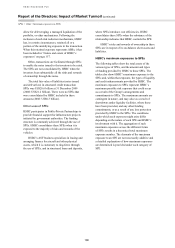 192
192 -
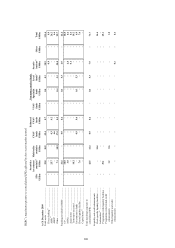 193
193 -
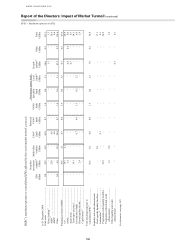 194
194 -
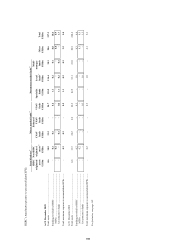 195
195 -
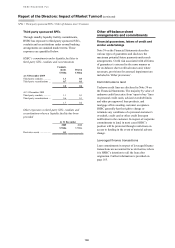 196
196 -
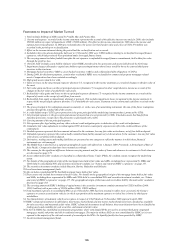 197
197 -
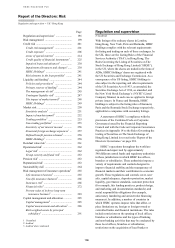 198
198 -
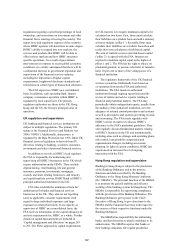 199
199 -
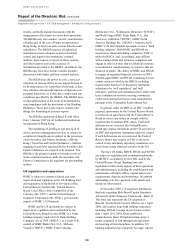 200
200 -
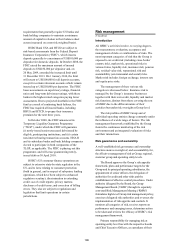 201
201 -
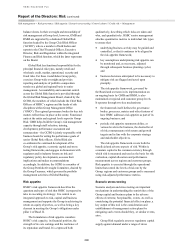 202
202 -
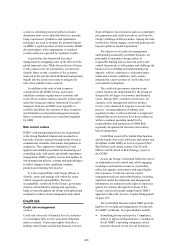 203
203 -
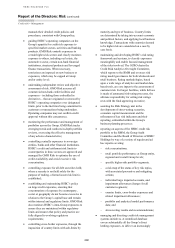 204
204 -
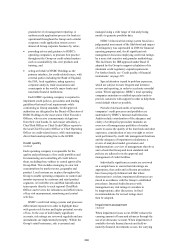 205
205 -
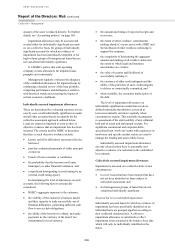 206
206 -
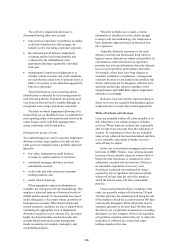 207
207 -
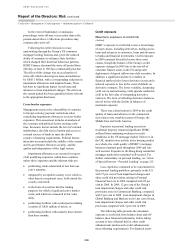 208
208 -
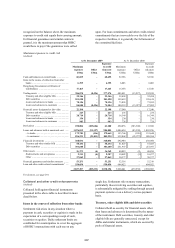 209
209 -
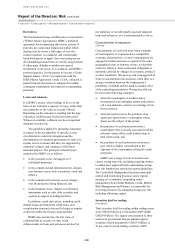 210
210 -
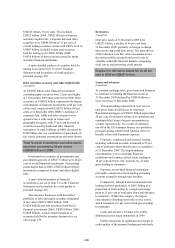 211
211 -
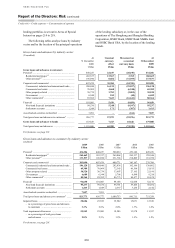 212
212 -
 213
213 -
 214
214 -
 215
215 -
 216
216 -
 217
217 -
 218
218 -
 219
219 -
 220
220 -
 221
221 -
 222
222 -
 223
223 -
 224
224 -
 225
225 -
 226
226 -
 227
227 -
 228
228 -
 229
229 -
 230
230 -
 231
231 -
 232
232 -
 233
233 -
 234
234 -
 235
235 -
 236
236 -
 237
237 -
 238
238 -
 239
239 -
 240
240 -
 241
241 -
 242
242 -
 243
243 -
 244
244 -
 245
245 -
 246
246 -
 247
247 -
 248
248 -
 249
249 -
 250
250 -
 251
251 -
 252
252 -
 253
253 -
 254
254 -
 255
255 -
 256
256 -
 257
257 -
 258
258 -
 259
259 -
 260
260 -
 261
261 -
 262
262 -
 263
263 -
 264
264 -
 265
265 -
 266
266 -
 267
267 -
 268
268 -
 269
269 -
 270
270 -
 271
271 -
 272
272 -
 273
273 -
 274
274 -
 275
275 -
 276
276 -
 277
277 -
 278
278 -
 279
279 -
 280
280 -
 281
281 -
 282
282 -
 283
283 -
 284
284 -
 285
285 -
 286
286 -
 287
287 -
 288
288 -
 289
289 -
 290
290 -
 291
291 -
 292
292 -
 293
293 -
 294
294 -
 295
295 -
 296
296 -
 297
297 -
 298
298 -
 299
299 -
 300
300 -
 301
301 -
 302
302 -
 303
303 -
 304
304 -
 305
305 -
 306
306 -
 307
307 -
 308
308 -
 309
309 -
 310
310 -
 311
311 -
 312
312 -
 313
313 -
 314
314 -
 315
315 -
 316
316 -
 317
317 -
 318
318 -
 319
319 -
 320
320 -
 321
321 -
 322
322 -
 323
323 -
 324
324 -
 325
325 -
 326
326 -
 327
327 -
 328
328 -
 329
329 -
 330
330 -
 331
331 -
 332
332 -
 333
333 -
 334
334 -
 335
335 -
 336
336 -
 337
337 -
 338
338 -
 339
339 -
 340
340 -
 341
341 -
 342
342 -
 343
343 -
 344
344 -
 345
345 -
 346
346 -
 347
347 -
 348
348 -
 349
349 -
 350
350 -
 351
351 -
 352
352 -
 353
353 -
 354
354 -
 355
355 -
 356
356 -
 357
357 -
 358
358 -
 359
359 -
 360
360 -
 361
361 -
 362
362 -
 363
363 -
 364
364 -
 365
365 -
 366
366 -
 367
367 -
 368
368 -
 369
369 -
 370
370 -
 371
371 -
 372
372 -
 373
373 -
 374
374 -
 375
375 -
 376
376 -
 377
377 -
 378
378 -
 379
379 -
 380
380 -
 381
381 -
 382
382 -
 383
383 -
 384
384 -
 385
385 -
 386
386 -
 387
387 -
 388
388 -
 389
389 -
 390
390 -
 391
391 -
 392
392 -
 393
393 -
 394
394 -
 395
395 -
 396
396 -
 397
397 -
 398
398 -
 399
399 -
 400
400 -
 401
401 -
 402
402 -
 403
403 -
 404
404 -
 405
405 -
 406
406 -
 407
407 -
 408
408 -
 409
409 -
 410
410 -
 411
411 -
 412
412 -
 413
413 -
 414
414 -
 415
415 -
 416
416 -
 417
417 -
 418
418 -
 419
419 -
 420
420 -
 421
421 -
 422
422 -
 423
423 -
 424
424 -
 425
425 -
 426
426 -
 427
427 -
 428
428 -
 429
429 -
 430
430 -
 431
431 -
 432
432 -
 433
433 -
 434
434 -
 435
435 -
 436
436 -
 437
437 -
 438
438 -
 439
439 -
 440
440 -
 441
441 -
 442
442 -
 443
443 -
 444
444 -
 445
445 -
 446
446 -
 447
447 -
 448
448 -
 449
449 -
 450
450 -
 451
451 -
 452
452 -
 453
453 -
 454
454 -
 455
455 -
 456
456 -
 457
457 -
 458
458 -
 459
459 -
 460
460 -
 461
461 -
 462
462 -
 463
463 -
 464
464 -
 465
465 -
 466
466 -
 467
467 -
 468
468 -
 469
469 -
 470
470 -
 471
471 -
 472
472 -
 473
473 -
 474
474 -
 475
475 -
 476
476 -
 477
477 -
 478
478 -
 479
479 -
 480
480 -
 481
481 -
 482
482 -
 483
483 -
 484
484 -
 485
485 -
 486
486 -
 487
487 -
 488
488 -
 489
489 -
 490
490 -
 491
491 -
 492
492 -
 493
493 -
 494
494 -
 495
495 -
 496
496 -
 497
497 -
 498
498 -
 499
499 -
 500
500 -
 501
501 -
 502
502 -
 503
503 -
 504
504
 |
 |

HSBC HOLDINGS PLC
Report of the Directors: Risk (continued)
Risk management > Risk governance / Risk appetite / Scenario stress testing / Control culture // Credit risk > Management
200
balance sheets. In their oversight and stewardship of
risk management at Group level, however, GMB and
RMM are supported by a dedicated Global Risk
function headed by the Group Chief Risk Officer
(‘GCRO’), who is a member of both bodies and
reports to the Chief Financial Officer, Executive
Director, Risk and Regulation within the integrated
Finance and Risk function, which the latter represents
on the Board.
Global Risk has functional responsibility for the
principal financial risk types, namely retail and
wholesale credit, market, operational, security and
fraud risks. For these it establishes Group policy,
exercises Group-wide oversight and provides
reporting and analysis of portfolio composition
trends on a global and regional basis to senior
management. Accountability and consistent control
across the Global Risk function is provided through
the Global Risk Management Board, chaired by the
GCRO, the members of which include the Chief Risk
Officers of HSBC’s regions and the heads of risk
disciplines within Group Management Office
(‘GMO’). The regional governance bodies for key risk
matters reflect those in place at the centre. Functional
units at the entity and regional levels report to Group
Risk. GMO helps build the Group’s risk management
capacity through staff selection, training,
development, performance assessment and
remuneration – the GCRO is jointly responsible with
business heads for setting the performance goals of
senior Global Risk officers. Global Risk also
co-ordinates the continued development of the
Group’s risk appetite, economic capital and stress
testing frameworks, and engages in discussions with
regulators and in industry forums on risk and
regulatory policy developments, assesses their
implications and makes recommendations
accordingly. In addition, the GCRO is a member of
the Group Portfolio Oversight Committee, chaired by
the Group Treasurer, which governs the portfolio
management activities of Global Banking.
Risk appetite
HSBC’s risk appetite framework describes the
quantum and types of risk that HSBC is prepared to
take in executing its strategy. It is central to an
integrated approach to risk, capital and business
management and supports the Group in achieving its
return on equity objectives, as well as being a key
element in meeting the Group’s obligations under
pillar 2 of Basel II.
The formulation of risk appetite considers
HSBC’s risk capacity, its financial position, the
strength of its core earnings and the resilience of
its reputation and brand. It is expressed both
qualitatively, describing which risks are taken and
why, and quantitatively. HSBC senior management
attaches quantitative metrics to individual risk types
to ensure that:
• underlying business activity may be guided and
controlled, so that it continues to be aligned to
the risk appetite framework;
• key assumptions underpinning risk appetite can
be monitored and, as necessary, adjusted
through subsequent business planning cycles;
and
• business decisions anticipated to be necessary to
mitigate risk are flagged and acted upon
promptly.
The risk appetite framework, governed by
the Board and overseen in its implementation on
an ongoing basis by GMB and RMM, is also
maintained at regional and customer group levels.
It operates through two key mechanisms:
• the framework itself defines the governance
bodies, processes, metrics and other features of
how HSBC addresses risk appetite as part of its
ongoing business; and
• periodic risk appetite statements define, at
various levels in the business, the desired level
of risk commensurate with return and growth
targets and in line with the corporate strategy
and stakeholder objectives.
The risk appetite framework covers both the
beneficial and adverse aspects of risk. Within it,
economic capital is the common currency through
which risk is measured and used as the basis for risk
evaluation, capital allocation and performance
measurement across regions and customer groups.
Risk appetite is executed through the operational
limits that control the levels of risk run by the
Group, regions and customer groups and is measured
using risk-adjusted performance metrics.
Scenario stress testing
Scenario analysis and stress testing are important
mechanisms in understanding the sensitivities of the
Group capital and business plans to the adverse
effects of extreme, but plausible, events. As well as
considering the potential financial effect on plans, a
key output of this tool is the consideration and
establishment of management action plans for
mitigating such events should they, or similar events,
arise.
Group Risk regularly assesses regulatory capital
supply against demand under a range of stress
